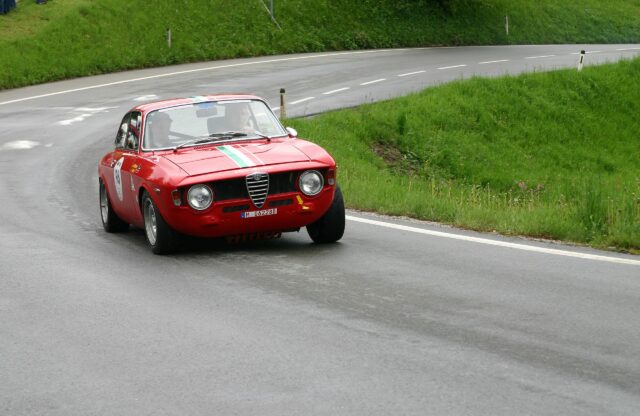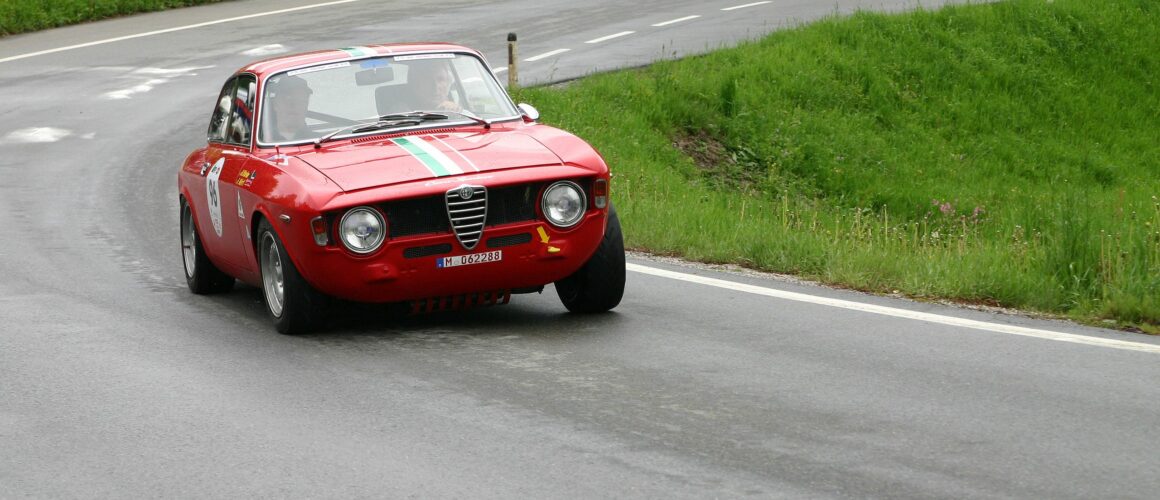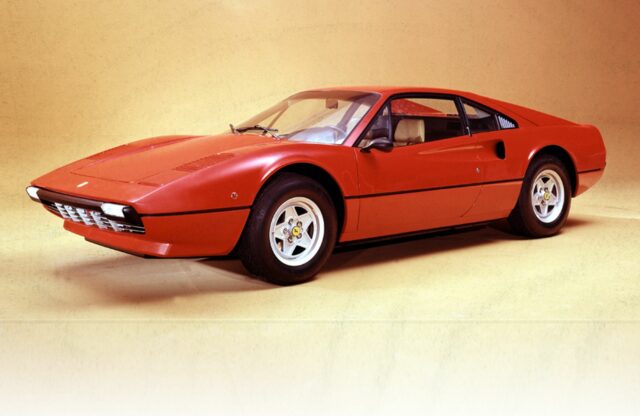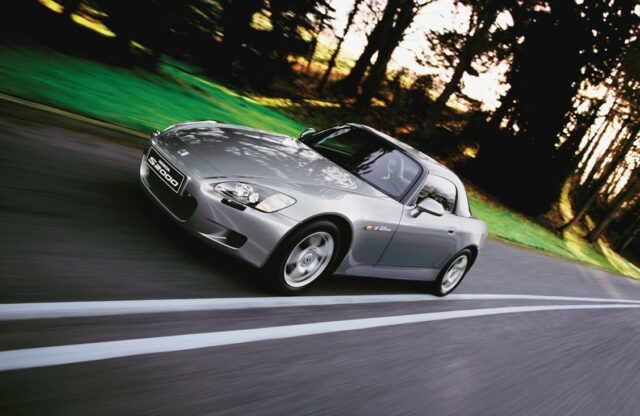If you believe Alfa Romeo ownership is essential for any self-respecting petrolhead, then buying a classic example surely earns the highest automotive-anorak rating. If you wish to experience the soaring highs and crushing lows of this emotive Italian brand, the stunning 105 Series coupé is a fantastic place to start your journey.
Introduced in 1963, the Alfa Giulia Sprint GT was thoroughly updated over its predecessor. It had body styling by Giorgetto Giugiaro, and a twin-cam 1.6-litre engine mated to a new five-speed manual gearbox. A Giulia Sprint GTC convertible by Touring followed, but the carrozzeria closed after only 1000 units had been built, making these variants very rare and desirable.
From 1965-on, the Sprint GT Veloce offered a more upmarket alternative to the basic Sprint GT, while a minor power boost boosted performance. Even more muscle was to come in the form of the 1750 and, later, the 2000 GT Veloce. At the other end of the sporty coupé line-up were the eminently capable GT Juniors.
The rare and even more focused GTA models featured aluminium body panels and updated engines. These are so special and so often faked, they require extra vigilance in addition to the information contained in this guide.
The balanced handling and easily tunable twin-cams made these cars sought after in their day. Rust has claimed many Giulias over the years, rendering surviving models all the more desirable.
ENGINE
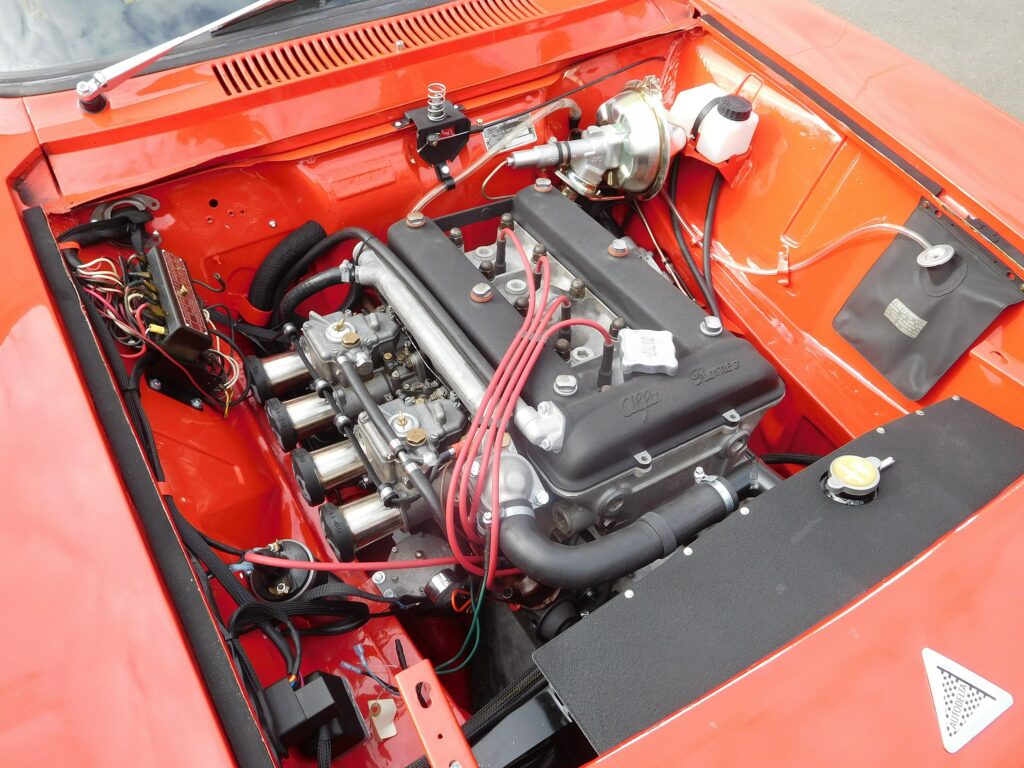
Regardless of the variant, all Giulias have an alloy twin-cam four-cylinder engine in various capacities. They also came with twin carburettors, although later US-spec GTVs had fuel injection. Timing chains and tappets can get noisy, so if they do not quieten down after a few minutes do carry out a closer inspection. The alloy cylinder heads can be troublesome, and head gaskets have been known to blow. The most obvious sign is a mayonnaise-like paste under the radiator cap.
The carbs require periodic adjustment, yet other than needing regular servicing, these twin-cams are very strong. The SPICA fuel injection may require specialist attention to get right, but it works well when correctly set up. Mechanical parts in general are widely available, too.
Few cars have remained standard, and the parts compatibility across models means many 1.3 and 1.6-litre examples may now be fitted with the larger 2.0 GTV units or even Alfa 75 Twin Spark engines. If originality is not your aim, make sure the modifications were done by a reputable specialist – there are plenty available.
GEARBOX
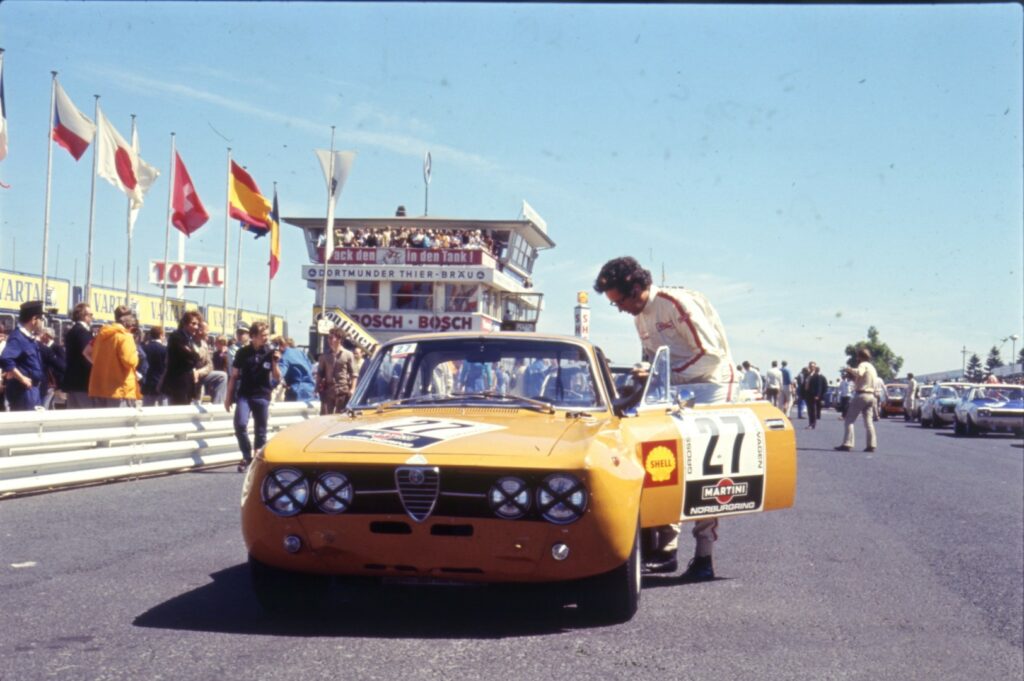
Unusual for the time, the five-speeder was praised for its good shift quality. The throws are quite long, but if there is baulking (especially from first to second), the synchros may need replacing. Notchy reverse may mean a damaged selector fork. A limited-slip diff was standard only on the 2000 GTV, although some cars may have had these retrofitted. Clutches stand up well to fast road driving, and post-1967 cars had hydraulic assistance. If track use will be a part of your Giulia experience, upgraded components are a must.
SUSPENSION AND BRAKES
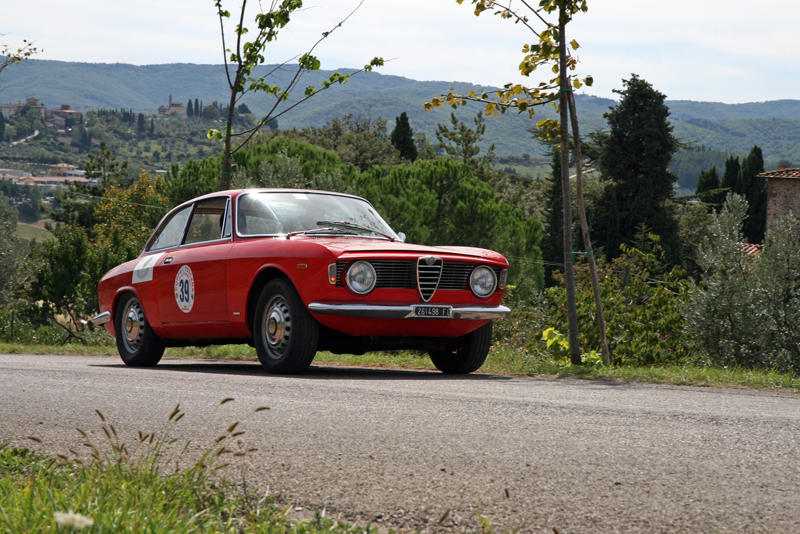
The Giulia suspension is robust, and modern dampers and fresh bushes can make for a sweet-handling car. A recall early on in production resolved an issue in the front set-up, where the lower wishbones could seize. While this issue is unlikely to affect surviving cars, it does highlight the need for regular maintenance.
The brakes are discs all round, and seized calipers and servos on cars that have been standing a long time can be common.
BODYWORK
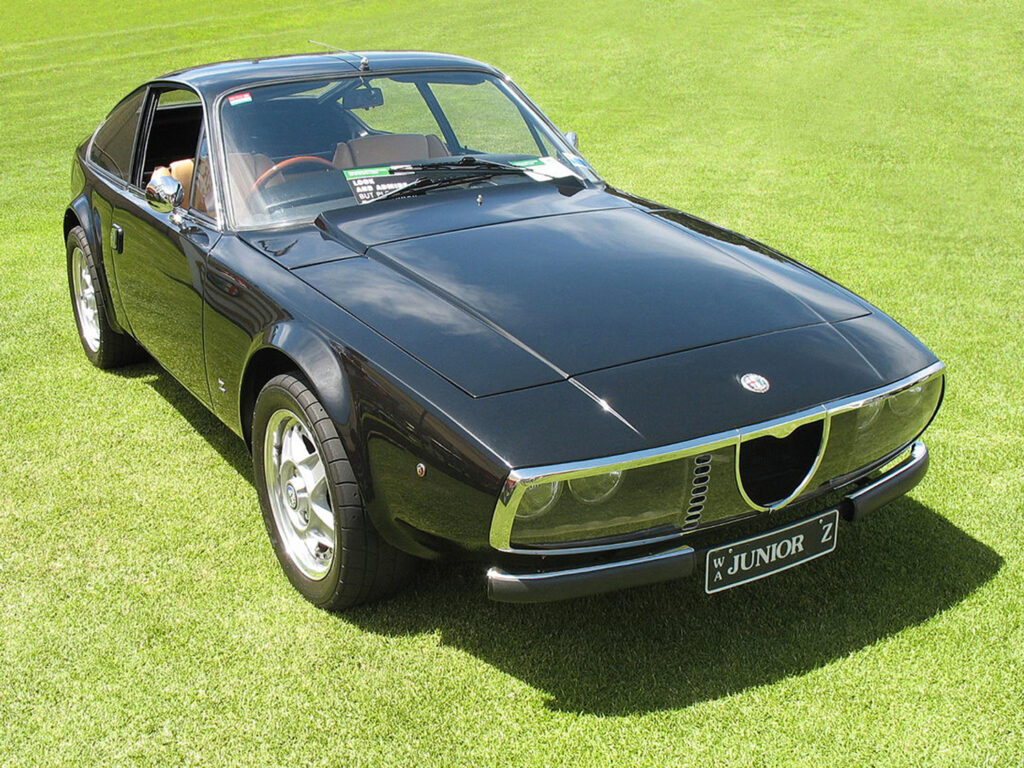
A major Giulia issue is its propensity to dissolve into a heap of rust if not properly cared for. Certain panels, especially on earlier cars, are hard to find, too.
The first batch of rebadged Sprints are the worst affected, but all 105 Series cars need to be thoroughly examined; a rotten body can make resurrection financially unviable. Finding new panels for the rare GTC and Junior Z can be even trickier than sourcing parts for the base models.
Be wary of fresh resprays, because they may hide botched repairs. The usual hotspots such as the arches, footwells, sills, doors and screen surround should merely be a starting point when assessing a Giulia. Lift it up to inspect the jacking points, suspension mounts and firewall.
INTERIOR
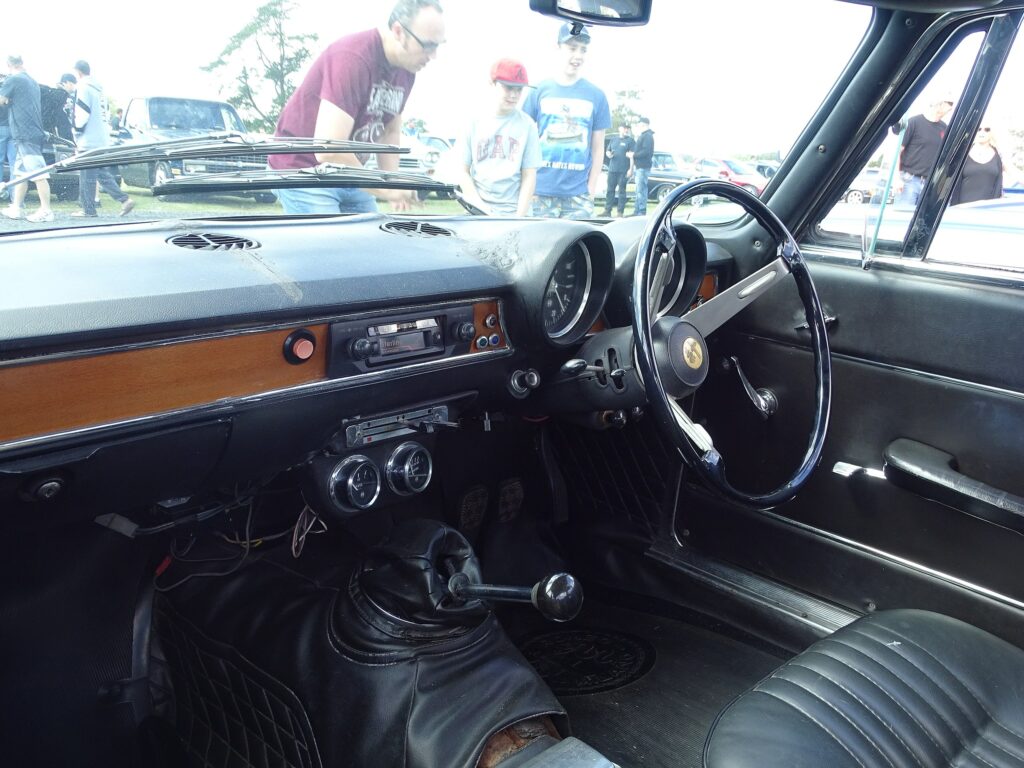
The trim may need a refresh on all but the most pampered cars. While most cabin parts can be sourced, a lot of missing items will be expensive to replace.
The Giulias were not plagued by the electrical issues for which some Alfas have been notorious. Most issues can usually be traced to poor earthing or corroded switches. Intermittent problems tend to occur from damaged wiring, which can be labour intensive to rectify.
WHICH TO BUY
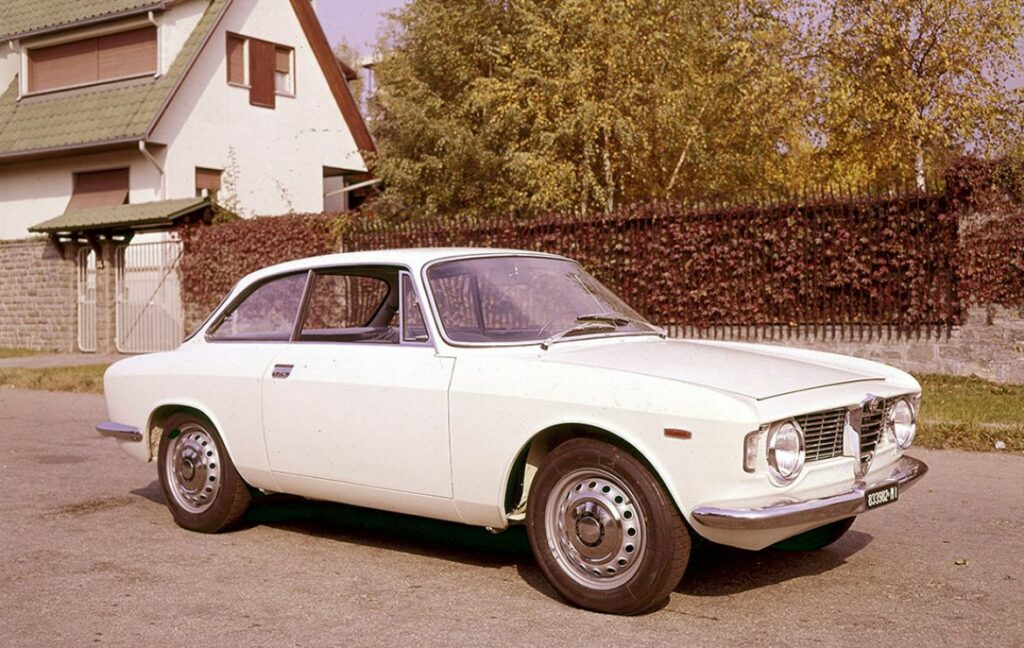
Production may have ended over four decades ago, but the Giulia still has a hugely enthusiastic following. Numerous clubs and specialists are dedicated to keeping these sporty coupés on the road.
Don’t be scared off by mechanically tired cars if the body is in good condition; the running gear is far more cost effective to sort out than a rusty shell. Make friends with a classic Alfa specialist, as a professionally checked and maintained car is much more enjoyable to drive than a neglected one. There are plenty of highly modified track and road cars out there, but if you’re looking for a fast road machine as the factory intended, the 1750 GTV and 2000 GTV give the biggest thrills.
Most Giulias were left-hand drive, and the GT 1300 Juniors and early Sprint GTs were the most numerous. Collectors value the rare GTC convertibles and Junior Zs. Even so, the base 1300 Junior’s sweetness and balance make it a great little classic.
The information for this guide was provided by renowned Alfa Romeo specialist Alfaholics. Magneto recommends it as a trusted source for restoration, servicing, parts and sales.
WHAT TO PAY
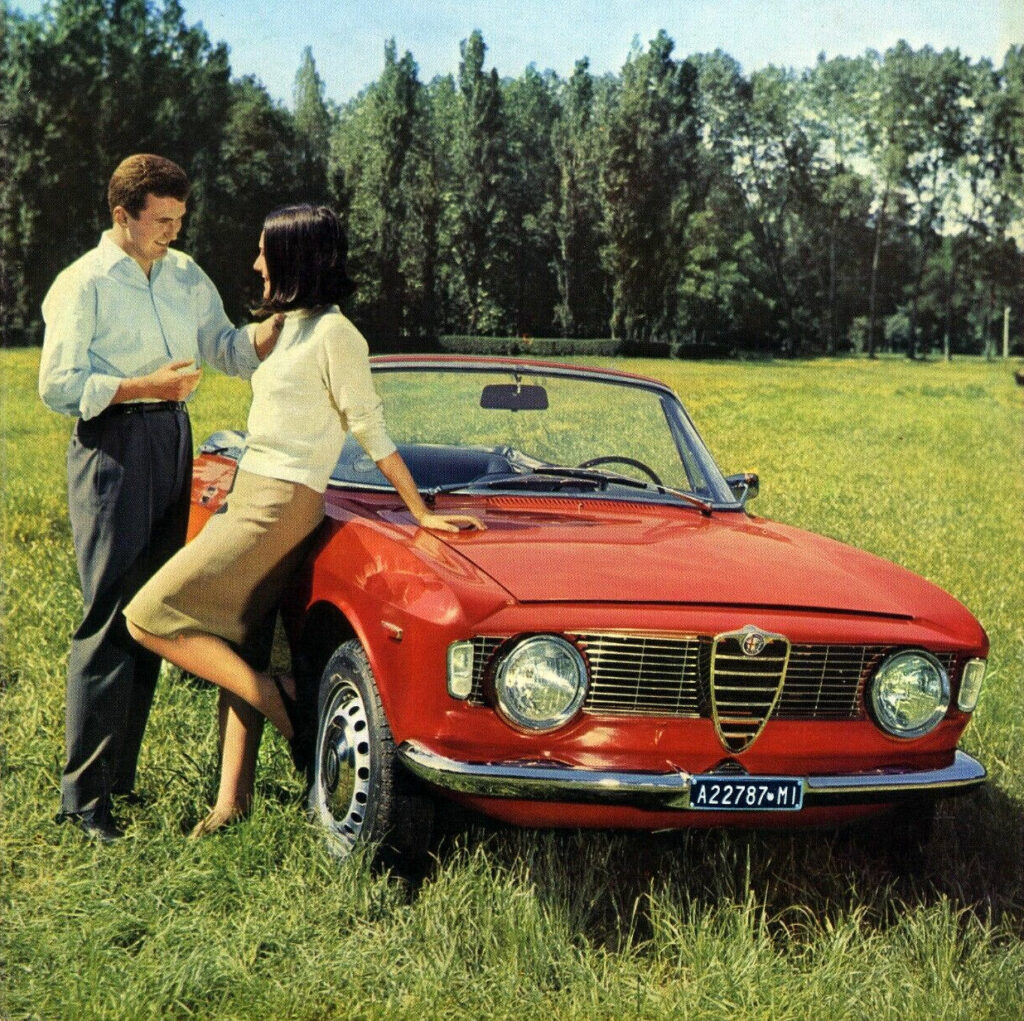
UK (1969 1750 GTV)
FAIR: £21,300
GOOD: £28,100
EXCELLENT: £36,500
CONCOURS: £53,100
US (1969 1750 GTV)
FAIR: $26,600
GOOD: $45,400
EXCELLENT: $97,700
CONCOURS: $151,000
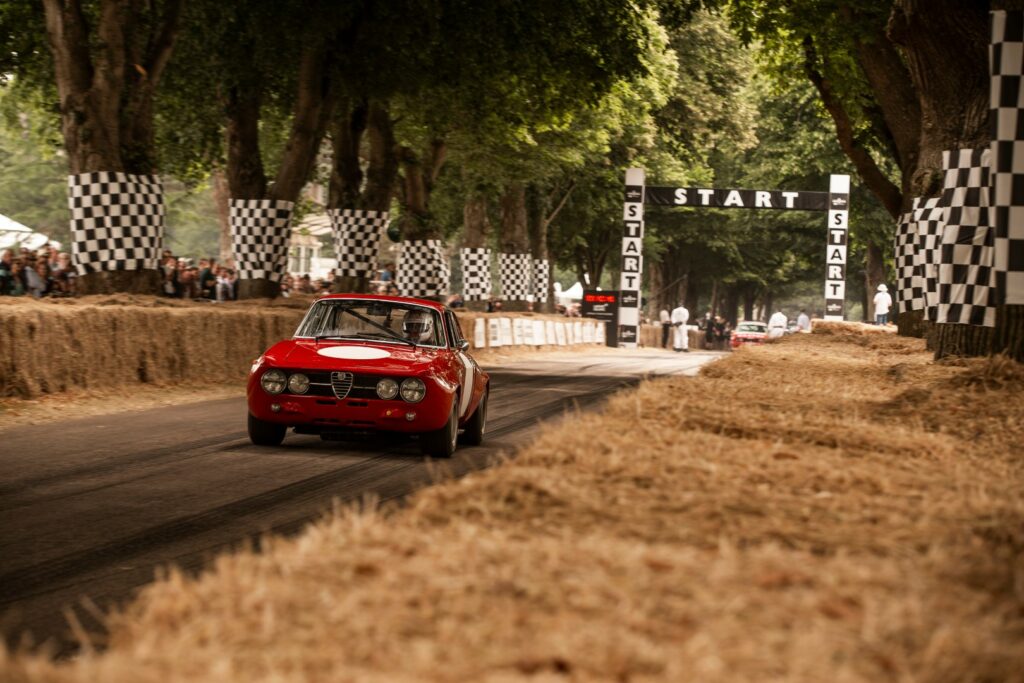
SPECIFICATIONS
1.3-litre GT Junior
Power: 80bhp
Top speed: 100mph
0-60mph: 12.6 seconds
1.7-litre 1750 GTV
Power: 120bhp
Top speed: 115mph
0-60mph: 10.5 seconds
2.0-litre 2000 GTV
Power: 130bhp
Top speed: 120mph
0-60mph: 9.7 seconds
